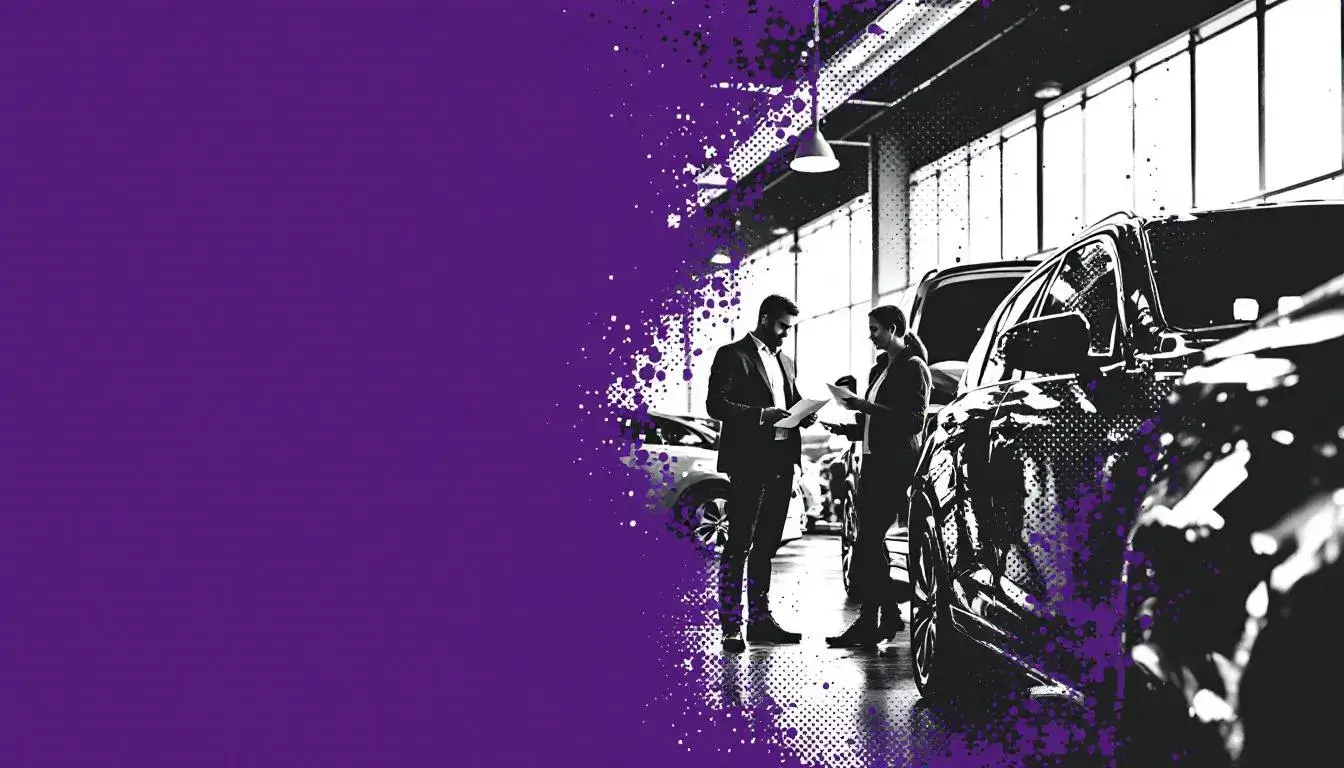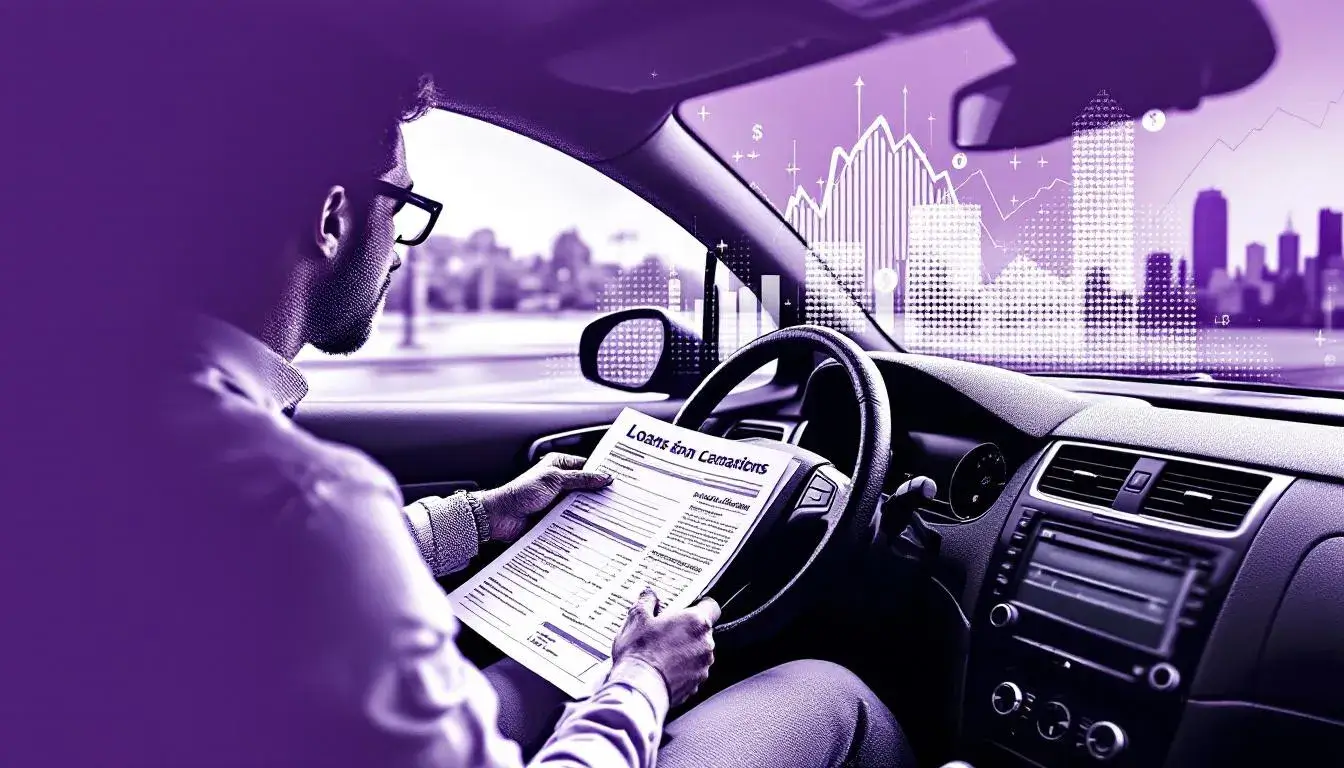
What £150 Can Do: Spending, Saving, and Borrowing Explained

£150: Understanding Its Value in Today’s Finance
In a landscape shaped by rising costs and evolving consumer finance, £150 may seem modest, but its value—and the choices it presents—should not be underestimated. Whether you’re considering a purchase, a short-term loan, or simply wondering how to stretch your money further, understanding your options is crucial.
Who Should Read This?
This guide is for UK consumers who:
Are considering borrowing or financing a purchase of around £150
Want to make informed decisions about spending or saving
Are seeking to understand the implications of retail finance or short-term credit
Prefer clear, thorough explanations before agreeing to any financial commitments
Key Financial Concepts: £150 in Context
To make sense of your options for £150, it helps to clarify some common financial terms:
Retail Finance: Financing options offered at the point of sale, allowing you to spread the cost of purchases. This could be in the form of interest-free credit or buy now, pay later schemes.
Short-Term Loan: A small loan, typically repaid within months, designed for immediate expenses. These often come with higher interest rates.
APR (Annual Percentage Rate): The total yearly cost of borrowing, including interest and fees, expressed as a percentage.
Credit Score: Your creditworthiness, as assessed by lenders, which affects your eligibility and rates.
Interest-Free Period: A timeframe during which you won’t be charged interest—common in some retail finance deals.
Understanding these terms is the first step to navigating your choices.
Options for Accessing or Using £150
When it comes to managing, borrowing, or spending £150, UK consumers have several avenues:
1. Retail Finance
Many retailers offer finance options for purchases over £100. You might see offers like:
0% interest for the first six months
Buy now, pay later
Low monthly payments (but read the fine print)
2. Short-Term Loans
Providers such as payday lenders or credit unions may lend small amounts. These are quick to access but often come with higher APRs.
3. Overdrafts
If you have a current account, your bank may offer an arranged overdraft. While convenient, interest rates can be steep if not repaid promptly.
4. Credit Cards
If your credit limit allows, a credit card purchase can spread the cost. Introductory offers may give you a 0% interest period.
5. Savings
If you have savings set aside, using them avoids the cost of borrowing altogether.
6. Buy Now, Pay Later Providers
Services like Klarna or Clearpay allow you to split £150 into manageable instalments. However, missing payments can affect your credit rating.
Cost, Return, Impact, and Risks
Cost
Interest: Retail finance may be interest-free for a period, but short-term loans can have APRs above 100%.
Fees: Late payment or administration fees may apply.
Impact
Credit Score: Missing payments on any finance agreement can impact your credit rating.
Financial Wellbeing: Choosing high-cost borrowing for small sums can create a debt spiral.
Return
Convenience: Finance lets you access goods immediately.
Credit Building: Responsible use of retail finance can improve your credit profile.
Risks
Hidden Charges: Always check the terms for hidden fees or changes in interest rates after the introductory period.
Overborrowing: Small loans can add up if you’re not careful.
Eligibility, Requirements, and Conditions
To access retail finance or small loans for £150, you typically need:
UK residency and proof of address
A regular income (sometimes minimum thresholds apply)
A credit check (though some providers cater to lower scores)
Age 18 or older
Retailers and lenders will outline their terms. Expect a quick application process, especially online, but always read the agreement carefully.
How It Works: Step-by-Step Guide
Decide How You’ll Use £150: Are you borrowing, buying, or saving?
Research Your Options: Compare lenders, finance offers, or savings accounts.
Check Your Eligibility: Review requirements for credit score and income.
Apply Online or In-Store: Fill out the application and provide necessary documents.
Review the Agreement: Scrutinise APR, fees, and repayment schedule.
Confirm Acceptance: If approved, confirm the purchase or borrowing terms.
Repay as Agreed: Stick to the schedule to avoid penalties or credit damage.
Monitor Your Finances: Track payments and assess your budget regularly.
Pros and Cons to Consider
Pros:
Quick access to funds or products
Flexible repayment options
Potential to build a positive credit history
Cons:
High interest if you miss payments or use short-term loans
Risk of damaging your credit score
Temptation to borrow more than needed
Before You Decide: What to Watch Out For
Total Cost: Add up all potential interest and fees over the repayment period.
Affordability: Can you comfortably meet repayments without impacting essentials?
Fine Print: Are there penalties for early repayment or missed payments?
Long-Term Impact: Will this borrowing limit your financial flexibility in future months?
Careful consideration now can prevent financial headaches down the line.
Alternatives to Borrowing £150
If borrowing or retail finance doesn’t feel right, consider:
Using Emergency Savings: Tapping into savings avoids future interest and fees.
Borrowing from Family or Friends: May come with fewer strings, but agree terms in writing.
Credit Union Loans: These often have lower rates and flexible terms.
Budget Adjustments: Can you defer the purchase or reallocate funds?
FAQs
1. Is it easy to get finance for £150?
Yes, but approval depends on your credit profile and the lender’s criteria.
2. Will borrowing £150 affect my credit score?
Yes, both positively (if repaid on time) and negatively (if payments are missed).
3. Are there interest-free options for £150?
Many retailers offer interest-free periods, but terms vary.
4. What happens if I miss a payment?
You could face fees, higher interest, and a mark on your credit file.
5. Can I repay early without penalty?
Some agreements allow this, but check for early repayment charges.
6. Are payday loans safe for £150?
They are regulated, but high costs mean they should be a last resort.
7. What if I’m declined for finance?
Consider alternatives, improve your credit, or seek advice from a debt charity.
Next Steps
Before making any financial commitment, compare all your options, read the terms carefully, and ensure repayments fit your budget. For personalised guidance, consult a qualified adviser or reputable finance broker.
Disclaimer
This article is for informational purposes only and does not constitute financial advice. Always consider your own circumstances and seek independent advice before entering into any financial agreement.
Buy now, pay monthly
Buy now, pay monthly
Some of our incredible partners
Our partners have consistently achieved outstanding results. The numbers speak volumes. Be one of them!


Glazefix
.webp)
HAMSTER LIMITED










